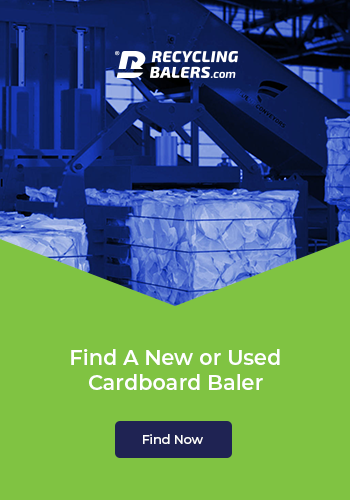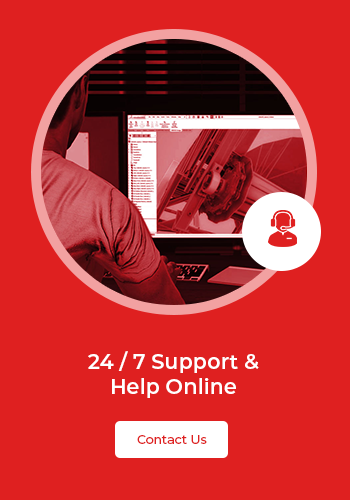Conveyor Belt Replacement Tips
Even with the most high-quality conveyor belt installation on the market, over time, the belt will wear, and it will become necessary to replace it.
Replacing your conveyor belt can be done on your own and doesn’t usually require any specialist help, but it is a job for at least two people and should not be done without the conveyor motor off and the assistance of a second pair of hands.
Setting Up Your Belt Replacement
Ensure that you have selected the correct belt for your conveyor model, and make sure this is available and ready to put on before you begin. Be sure not to unroll the new belt or maintenance belt until you’re ready to attach it to the conveyor.
Over our many years of working with customers with conveyors of all shapes and sizes, we’ve learned a few tricks of the trade to ensure your new belt installation is stress-free and safe.
Here are our five tips for a safe and easy conveyor belt replacement.
Tip 1: Sideways Works Best
For the entirety of your temporary repair or belt replacement process, if your conveyor is on its side.
Some belts can be replaced by lacing the old conveyor belt to the new belt and allowing the old belt to pull it through the pulley system, but for most belts, we would suggest laying the conveyor on its side for easier access.
Tip 2: Remove All of The Scrapers and Clinch Nuts
The scrapers on a conveyor belt help keep the belt in place and cover any moving parts. They are an essential health and safety hazards feature and should always be treated with care.
Make sure you remove the metal fasteners, scrapers, and clinch nuts during your belt replacement process and keep any loose parts close by so as not to lose anything.
Tip 3: Use Hand Tools to Keep Things Even
To prevent extensive damage to your conveyor or belt, you must keep the tensions as even as possible, and the best way to do this is by using hand tools rather than power tools.
Take the tensions off by moving the tail off of the conveyor, unscrew the stud bars but keep the drum level by making small adjustments to prevent putting too much torque on the stud.
Let the tail drum go as far back as it will go.
Tip 4: Follow the Arrows
Once you’re ready to install the new belt, unroll it and lay it out on the floor. You’ll notice that your new belt has an arrow to help you see which direction it needs to be installed.
The arrow should point from the tail of the conveyor to the head.
Tip 5: Easy Does It
When replacing the drum and stud bars, go easy on the belt and tighten everything up as evenly as possible.
Professional Help
If you need to replace your conveyor, but you’re not sure where to start finding conveyor belt repair companies, give the team at FluentConveyors a call on (866) 764-2980, and we’ll be happy to guide you through the process to ensure everything is done smoothly and safely and with a reduction in downtime costs.



